-
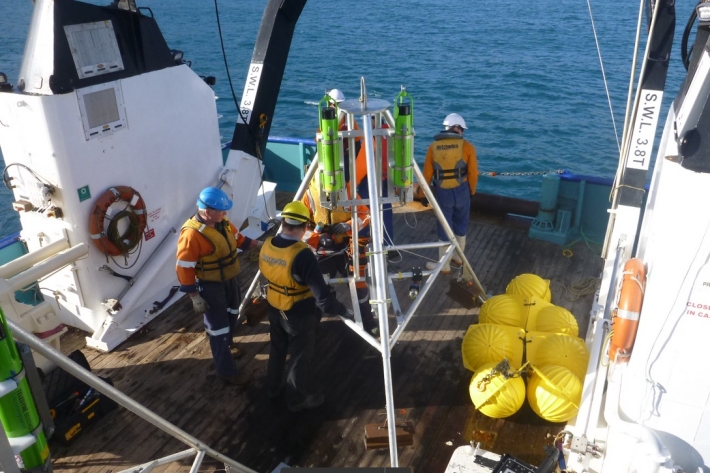
NIWA undertakes an ambitious, complex seabed experiment
Media release07 May 2018One of the most challenging scientific underwater experiments ever attempted by NIWA is taking place this month on the Chatham Rise. -
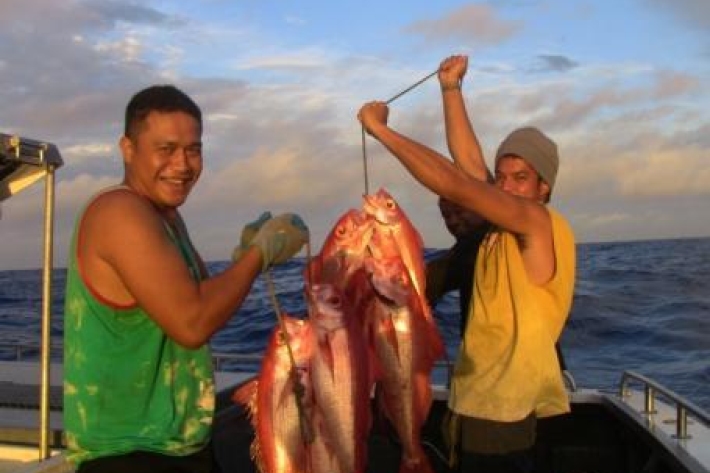
Tonga’s line fishery
Research ProjectNIWA is in its third year of a 5-year phased project on the deepwater line fishery in Tonga funded by the NZ Aid Programme’s Partnership for International Development Fund. The aim of the project is to deliver the improved governance, management, and economic and biological sustainability of the fishery focusing on deepwater snapper and bluenose in the Tonga EEZ. -
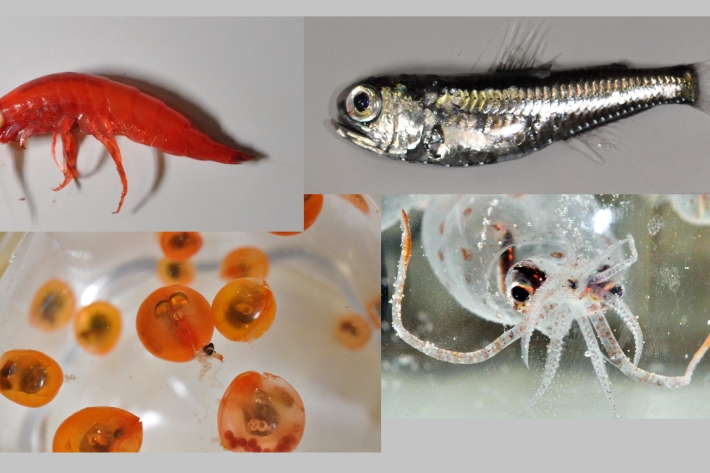
Blog: The inhabitants of the twilight zone of the open-ocean - 15 March
15 March 2018
Think about a futuristic world where at night time, people use different kind of self-propelled vehicles to hover across cities, illuminating the skies with different colours and shapes, while transiting around them. -
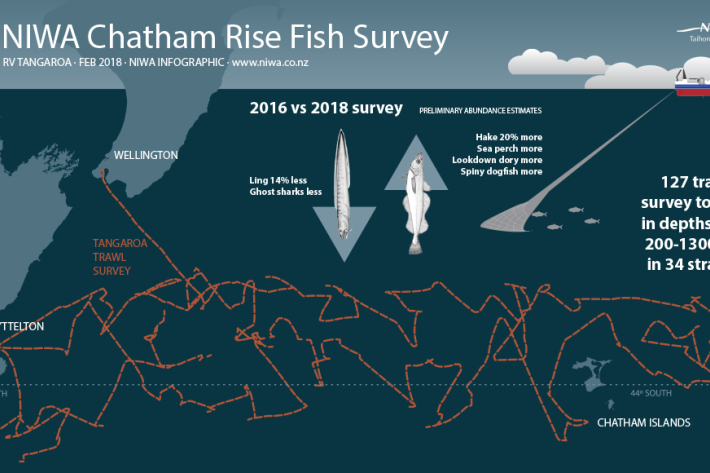
NIWA expertise contributes to healthy hoki fishery
Media release28 February 2018When NIWA fisheries scientist Richard O’Driscoll went to sea earlier this year, he and his team measured so many fish that laid end to end, they would have stretched for 31km. -

Scientists send snapper to boot camp
Media release19 February 2018At a laboratory just outside Whangarei, scientists are putting very young snapper through comprehensive physical testing - including a full medical check-up involving smell, hearing, vision, and even anxiety testing. -
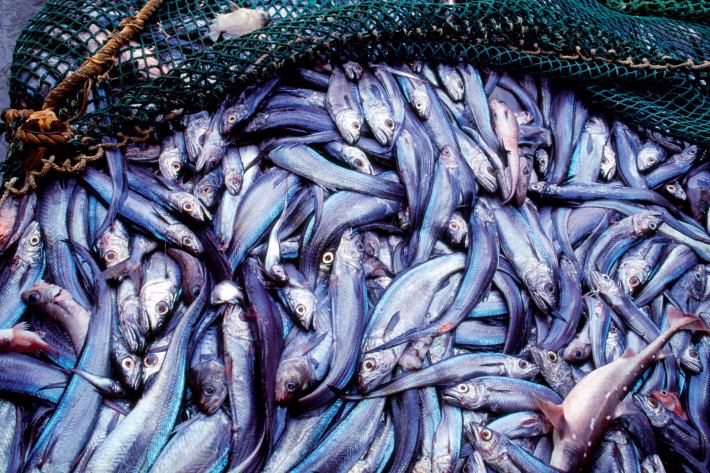
2018 - Chatham Rise hoki survey
VoyageNIWA research ship Tangaroa has been chartered by the Ministry of Primary Industries to survey the Hoki fishery on the Chatham Rise during January and early February 2018. -
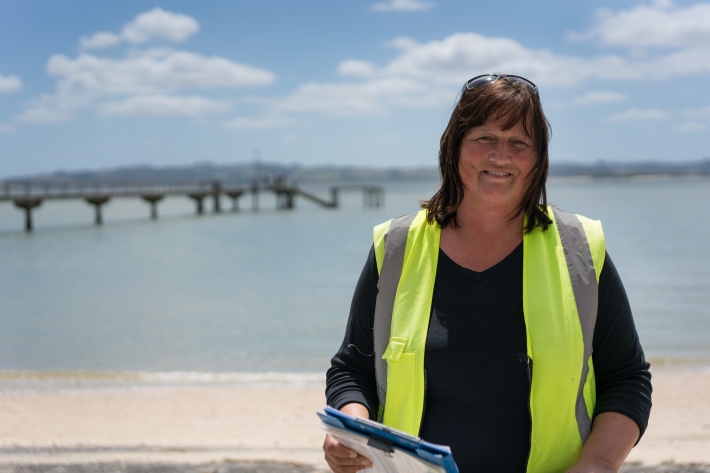
Summer series 2017 - One fish, two fish…we're counting on you
Feature story26 December 2017“You almost become a fishing psychologist – you can tell by the way people walk up the ramp to get their trailer if they’ve had a good day.” -
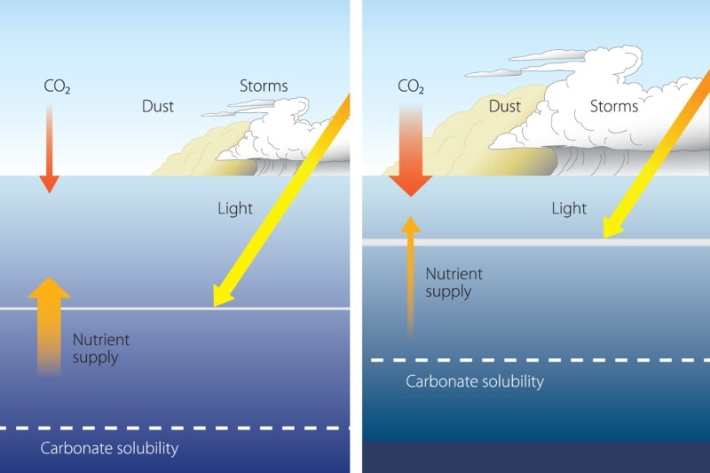
Warming ocean to alter ecosystems and affect fisheries by end of century, says NIWA scientists
Feature story05 December 2017Rapid warming of the ocean near Tasmania may provide a good indication of how the water around New Zealand will change as the planet warms, say NIWA scientists. -

Machine learning ecosystem models
Unlike other ecosystem models, machine learning is built solely from the information it is presented. -

Ecopath with Ecosim (EwE)
Ecopath with Ecosim (EwE) is trophodynamic modelling software that uses a mass-balance approach to describe ecosystem based, marine food web interactions. -

Spatially explicit disturbance/recovery models
Spatially explicit disturbance/recovery models are a cellular automaton that uses a mechanistic approach to investigate recovery rates of benthic species following disturbance events. -

Resource trade-off models
Resource trade-off models are spatial models that use biological, environmental and socio-economic data to optimise management (protected area designation) across potentially conflicting uses, or across different ecosystem services.
